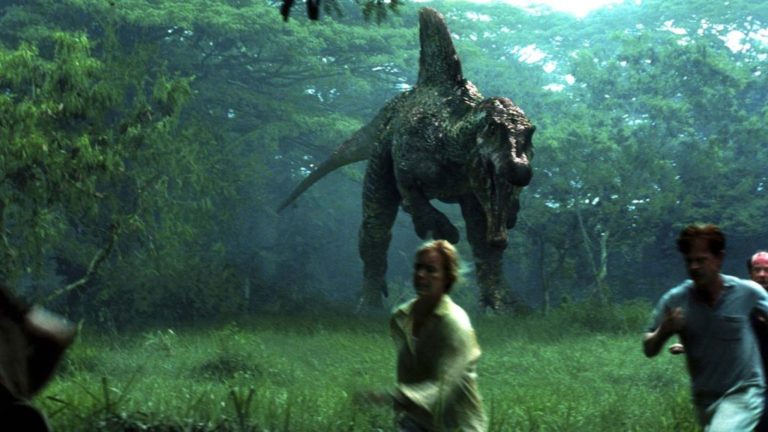Rounding out this new series of favourite and least favourite media, we have my list of the...
Jurassic Park
25. Heat (1995) “Epic” is one of those terms that can get thrown around willy-nilly, but Michael...
Welcome back to the Jurassic Park retrospective! In today’s post we’re going to talk about the most...
Welcome back to the final entry in the Jurassic Park retrospective! In this entry we we will be...
Welcome back to part three of the Jurassic Park retrospective! In this post, we’ll be diving into 2001’s...
Welcome back to the Jurassic Park retrospective! In this entry we’re going to be looking at the second...
Holy shit, surprise, it’s another Retrospective series! I honestly wasn’t expecting to do another one of these,...






